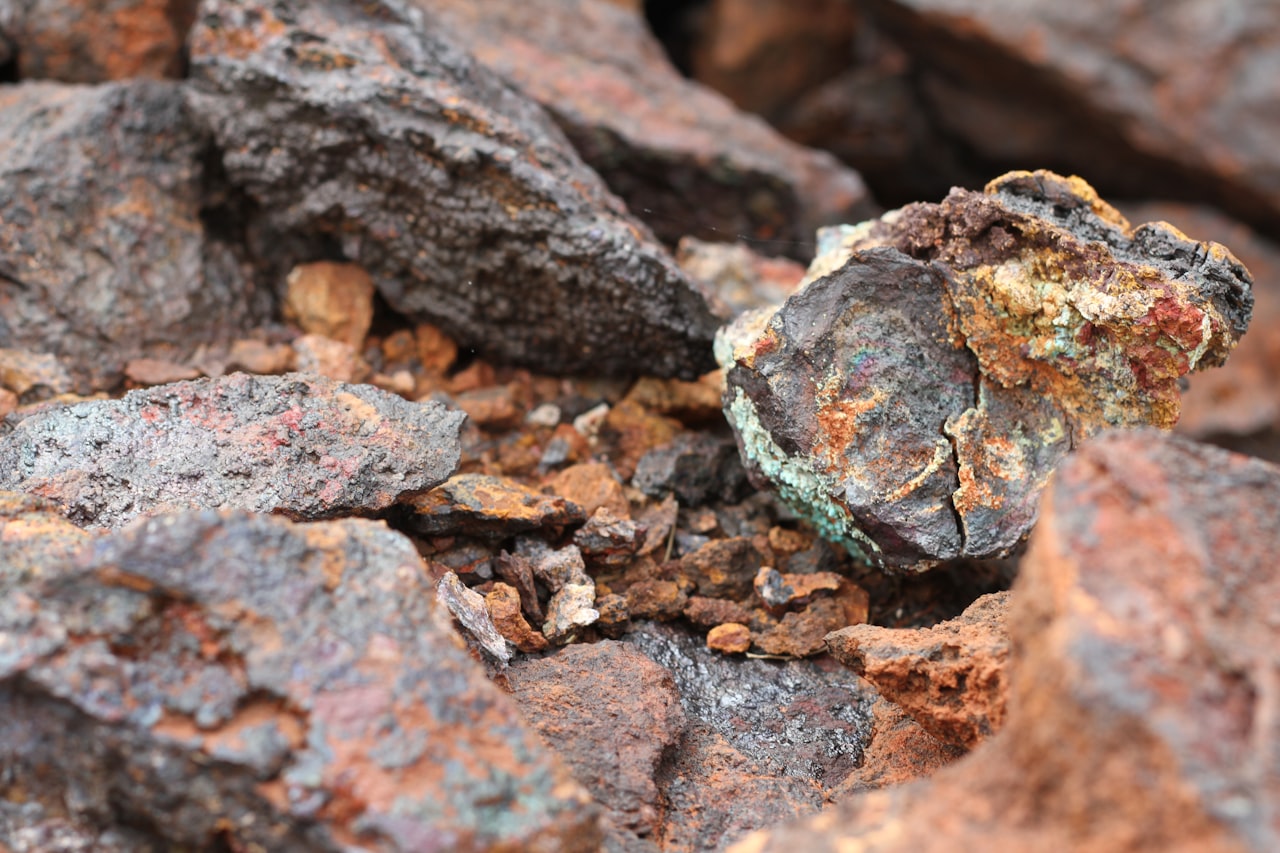The backbone of America was built on open, arable farmland – the rich, black soil that represented centuries of accumulation of biomass like leaves, shrubs and even whole trees.
This soil, still being “built” when European farmland was rapidly being depleted by crops, remains a mainstay of this nation’s wealth, with individuals, businesses and investment firms pinning their hopes for a rich financial future on land our forefathers cleared and planted, often with a single plow and a mule.
This is true across much of the Southeast United States, and nowhere more so than in North Carolina, where land values – even in the wake of the biggest recession in U.S. history – are held high by
factors well outside purely agricultural considerations. In fact, excluding the Piedmont and mountainous areas, North Carolina land has appreciated between 2007 and 2012, from $2,000 an acre to well over $5,000 by some estimates. This, even though post-recession open land values are still down, largely due to pre-recession inflated development value (as opposed to agricultural or commodity value).
As the American economy recovers, however, non-farm investments are becoming more appealing. This includes open land – for example tillable land retired due to government subsidies or falling commodity prices, though the latter is unlikely in a market increasingly hungry for food, particularly meat products, which support the commodity price of row feed crops like corn and soybeans.
Nothing quite underlines and supports the overall fiscal health of a country like land. Good open land, rich in detritus over decades of cultivation, supports row crops like field corn, soybeans, wheat and rye, all of which add directly to a nation’s supply of commodity foods. Other row crops, like peanuts, cotton, tobacco, and sugar cane, re-enter the commodity stream as manufactured items like cloth, oil, cigars, and processed sugar. All, as bulk or processed products, contribute heavily to the kind of crop diversity essential to a nation which is self-sustaining.
The problem that arises in the minds of farmers, farmland brokers, and land investment firms is the potential of a farmland (i.e., open land or tillable land) “bubble”, very much like the one that took place in the 1980’s. In any analysis of open, tillable land costs, one has to consider the Federal Reserve’s stance – called “quantitative easing” – which sets interest rates close to or at zero.
However, when evaluating open, tillable land for long-term investment rather than commodity support, underwriters and investors have to look to the future, and sometimes far into the future, to determine how high interest rates will rise, and how those rates will determine the viability of capital improvements. This potential pressure could well keep farmland prices lower for an appreciable period, but does not necessarily suggest a bubble burst.
What else makes North Carolina farmland desirable, either as cropland or tillable land, or as an investment? One item is diversity. Production of food, of fiber or wood products, and of meat, milk and dairy, puts North Carolina No. 7 nationally in terms of farm profits, for more than $3.3 billion dollars annually via a vast net of 80 different commodities grown on a quarter of the state’s total acreage.
Not only does the state lead in the production of hogs and turkeys, but it stands at No. 2 in terms of Christmas tree profits. Not surprisingly, North Carolina has, in the past few years, even become a major player in the aquaculture industry (farm-raised trout and catfish). And with the decline in tobacco revenues, the state has broken even or often surpassed itself in other areas, ranking first in the U.S. in sweet potato production, second in poultry and poultry products (both chickens and turkeys), and also in the size of trout raised and sold direct-to-market.
And the other item lending strength to North Carolina land prices? Climate, of course! Nowhere else in the contiguous U.S. can one find the range and scope of micro-climates, from the inner and outer coastal plains to the Piedmont and the Blue Ridge Mountains. Somewhere within this array, all of which support agreeable, even clement summer and winter temperatures, can be found the perfect weather for the retiree, and the perfect financial climate for the canny land investor looking for a product that will appreciate over time in spite of climate change.











